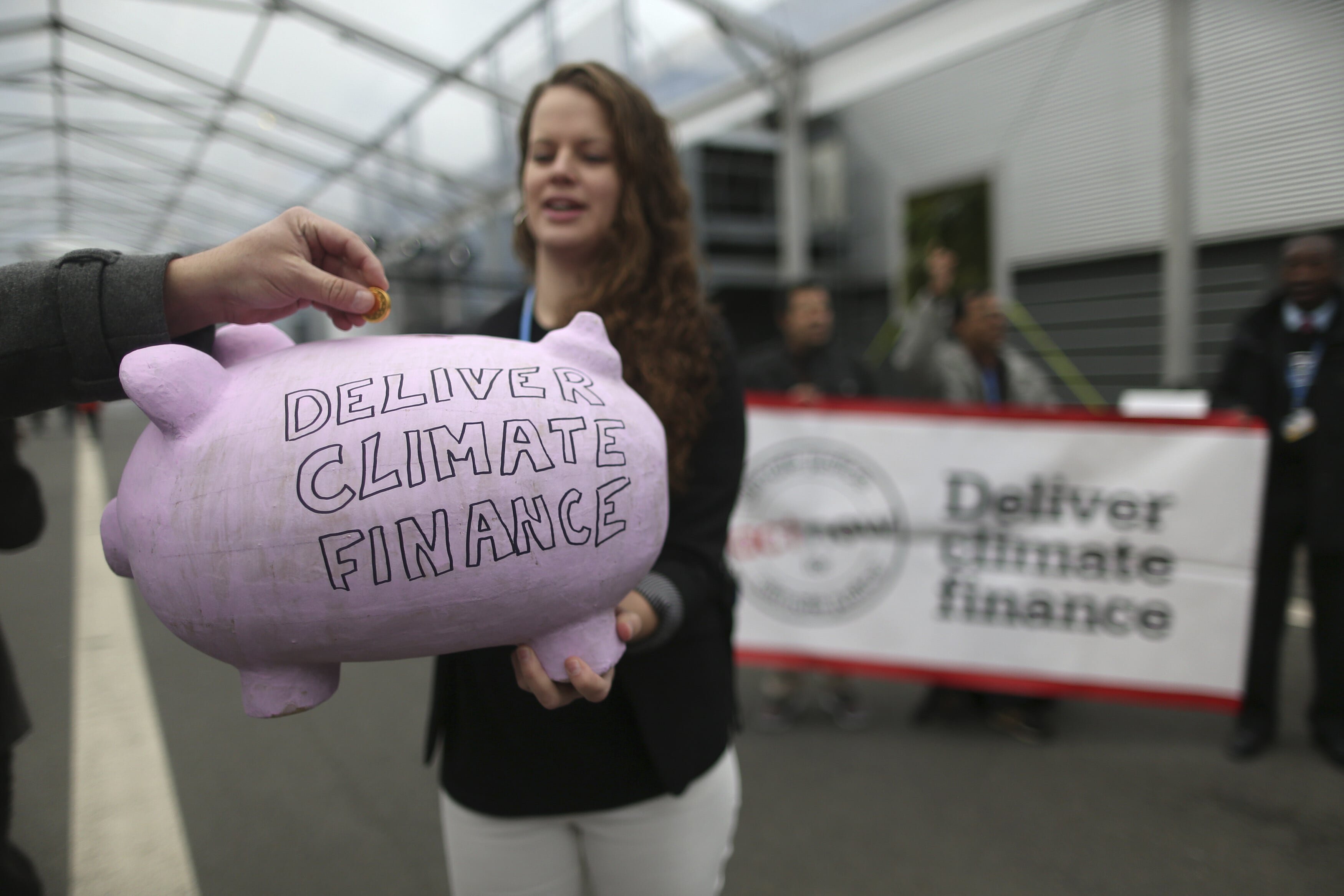The IPO market plummeted in 2022. Here's why

Drop in this year's IPO proceeds estimated at 93%, according to the president of the New York Stock Exchange.
Image: Pexels/Tima Miroshnichenko
Stay up to date:
Private Investors
Listen to the article
- There was a 44% fall in global initial public offerings (IPO) in January-September compared with a year earlier, according to EY.
- The turbulent economy has made investors more wary of taking risks and less likely to invest.
- Many market observers also see a weak outlook for 2023.
- But when IPOs do return, companies involved in the energy transition and tech firms are expected to lead the way.
We’ve all read about high inflation, rising interest rates and the gloomy economic outlook – but what does that mean for companies?
Well, among other things, it makes it difficult for them to raise money. That’s why 2022 has not been a good year for companies looking to transition to public ownership.
This process – known as an initial public offering, or IPO – enables companies to sell shares and raise cash to fund growth or pay off debts. It can also allow them to change their structure and diversify their shareholders.
Most companies like to carry out an IPO when it looks like they’ll get a good take-up of the shares they are offering. Because 2022 has been a turbulent economic year, that has made investors more wary of taking risks and less likely to invest.
How is the World Economic Forum ensuring sustainable global markets?
IPO slump
Global IPO volumes fell by 44% in January-September compared with a year earlier, and the proceeds from these IPOs dropped by 57%, according to research from EY. Activity fell in each of the regions tracked.
“With uncertainties being the IPO market’s biggest challenge, companies and investors continue to wait for a more stable and positive stock market sentiment,” said Paul Go, EY Global IPO Leader.
But 2022 hasn’t just been a brutal year for IPOs – investors in assets around the world have suffered losses amid the turbulent economy, rising inflation and central banks tightening monetary conditions.
Recovery seen a way off
The president of the New York Stock Exchange (NYSE) estimates the drop in IPO proceeds this year at 93%, as of the end of November. However, the decline followed a record year for IPOs on the NYSE in 2021.
And 2021 was a bumper year globally, as companies took advantage of low interest rates and pent-up demand after the pandemic. There were 2,341 new issues around the world last year, raising $428.9 billion – that’s the most ever recorded, according to data compiled by law firm White & Case.
However, the IPO outlook for 2023 is not healthy, according to the Financial Times, describing it as “sluggish at best and comatose at worst for at least the first half of 2023”.
Accept our marketing cookies to access this content.
These cookies are currently disabled in your browser.
Leaders in the UK’s equity capital markets expect the market to recover a little in 2023, according to a survey by KPMG, although the same survey highlighted ongoing caution among investors. Depressed equity markets are seen as the biggest hurdle that IPOs need to overcome.
Energy and tech to lead IPOs?
When IPOs do return, energy companies – specifically those related to the energy transition or renewables – are likely to lead the way, followed by business services, tech or tech-enabled companies, healthcare and financial services, the KPMG survey says.
“The UK IPO market this year has been muted in comparison with 2021, and depressed equity markets was highlighted by respondents as the biggest impediment to its recovery,” says Aadam Brown, Head of Independent Equity Capital Markets Advisory at KPMG UK.
“However, this is interrelated with various other factors including high inflation, the interest rate hiking cycle, consumer spending and FY22 earnings. While the second half of the year is badged as the period for activity to largely return, the first half of 2023 will be crucial, as it’s during this period that we’ll have greater visibility of the extent, duration and impact of these factors.”
Accept our marketing cookies to access this content.
These cookies are currently disabled in your browser.
Don't miss any update on this topic
Create a free account and access your personalized content collection with our latest publications and analyses.
License and Republishing
World Economic Forum articles may be republished in accordance with the Creative Commons Attribution-NonCommercial-NoDerivatives 4.0 International Public License, and in accordance with our Terms of Use.
The views expressed in this article are those of the author alone and not the World Economic Forum.
Forum Stories newsletter
Bringing you weekly curated insights and analysis on the global issues that matter.
More on Financial and Monetary SystemsSee all
Sandra Waliczek
August 8, 2025
Rebecca Geldard
August 7, 2025
Aurora Matteini and Derek Baraldi
August 6, 2025
Sandra Waliczek and Harry Yeung
July 29, 2025
Pranidhi Sawhney and Adam Skali
July 29, 2025
David Carlin and Sourajit Aiyer
July 28, 2025







